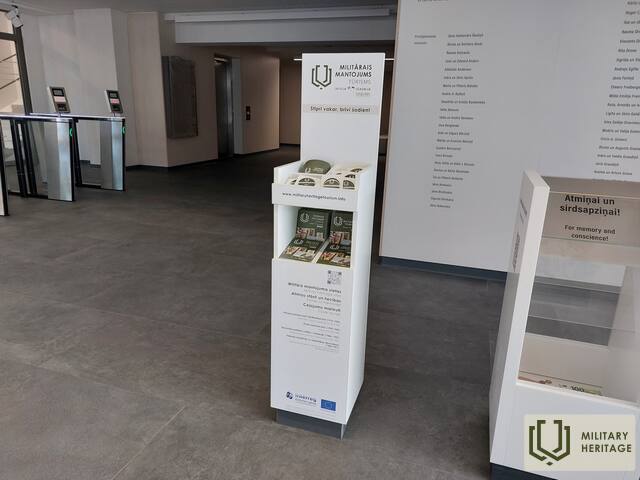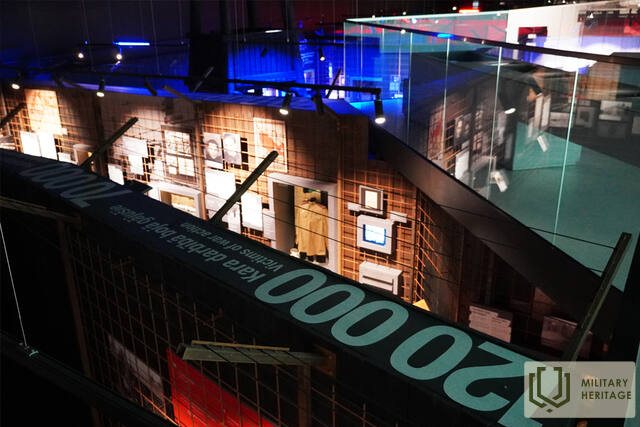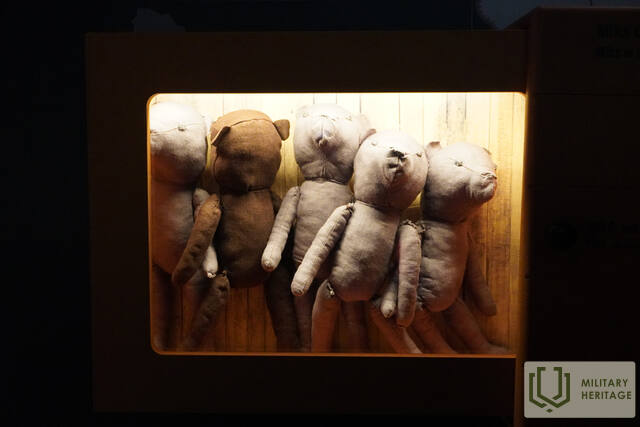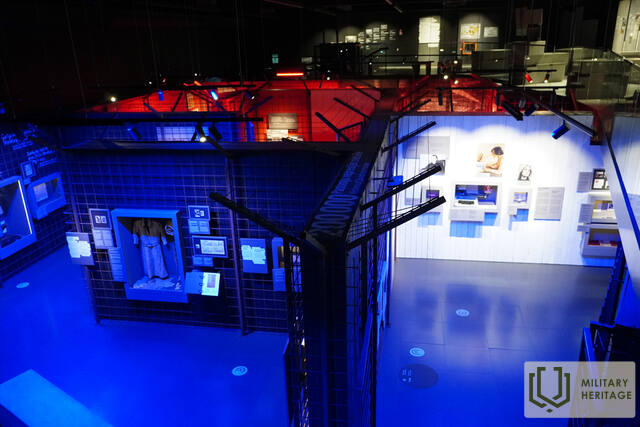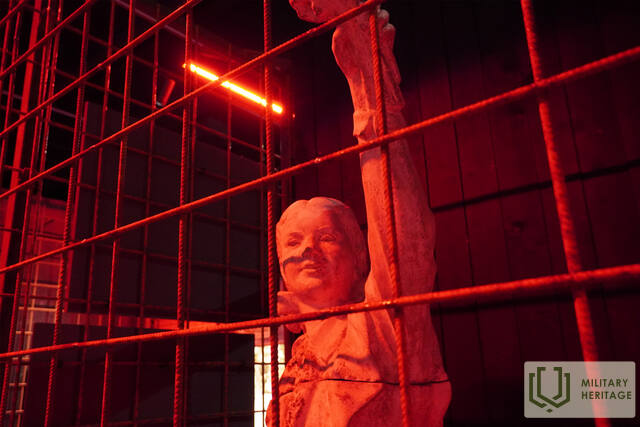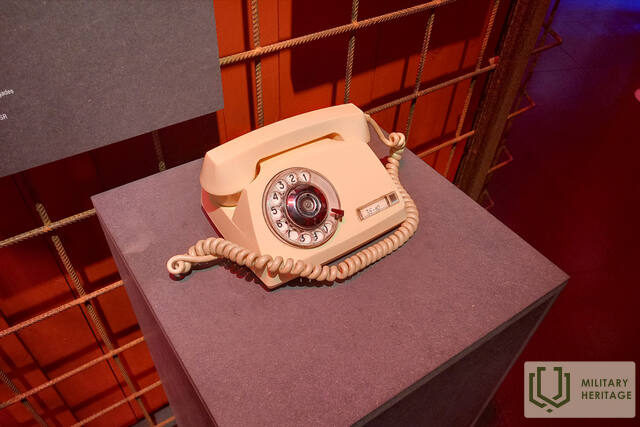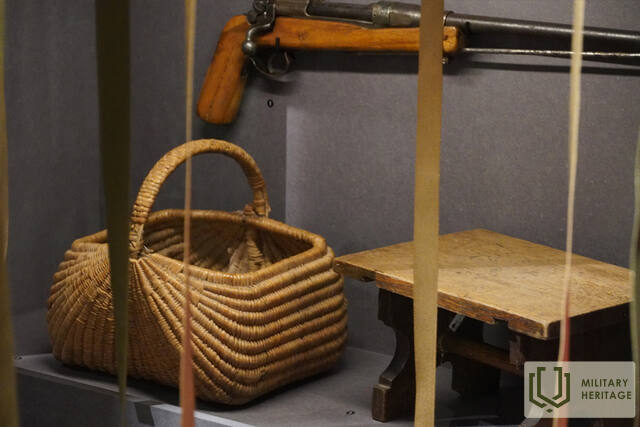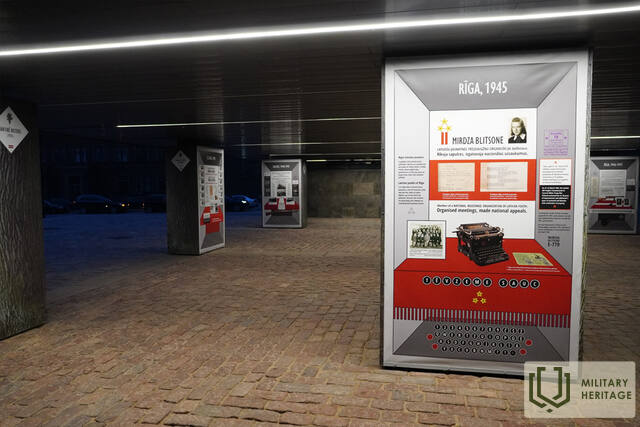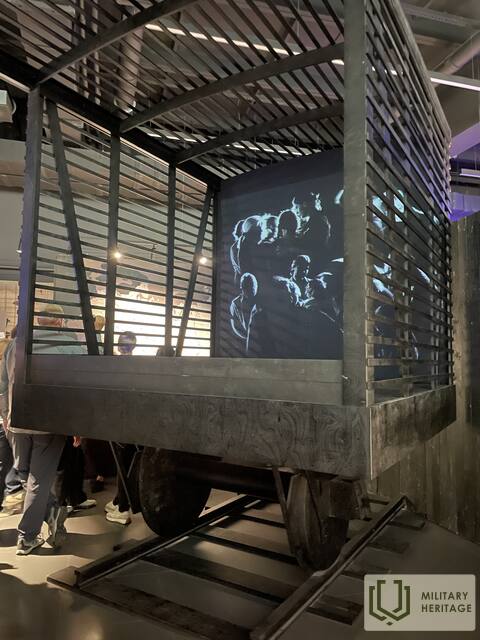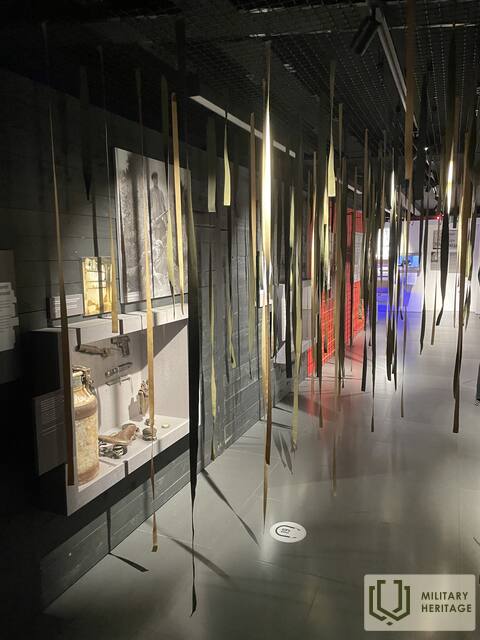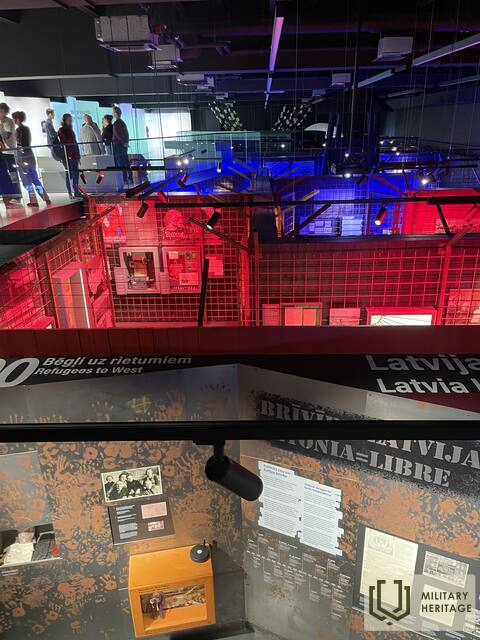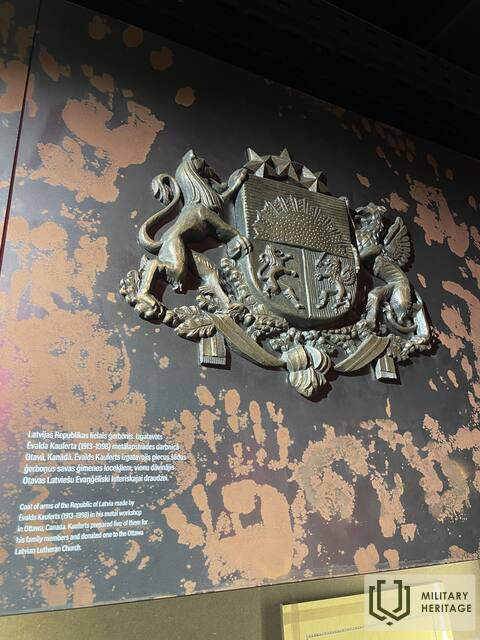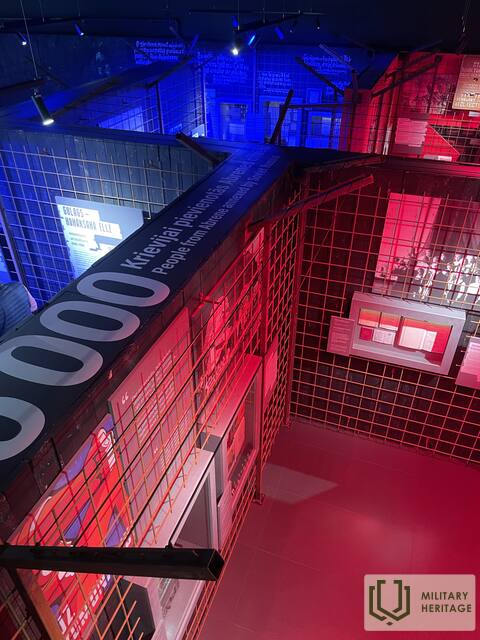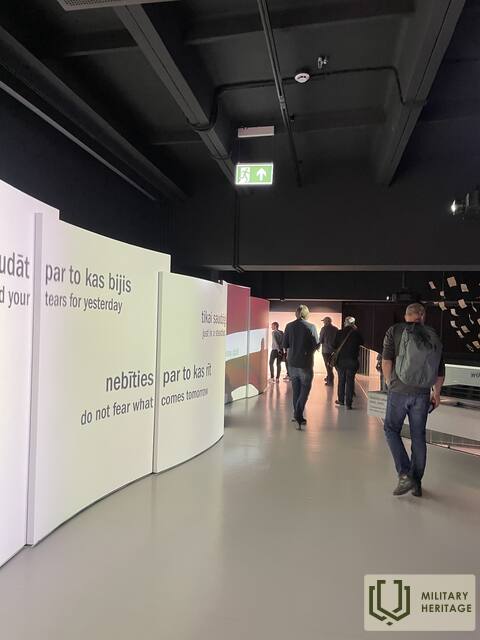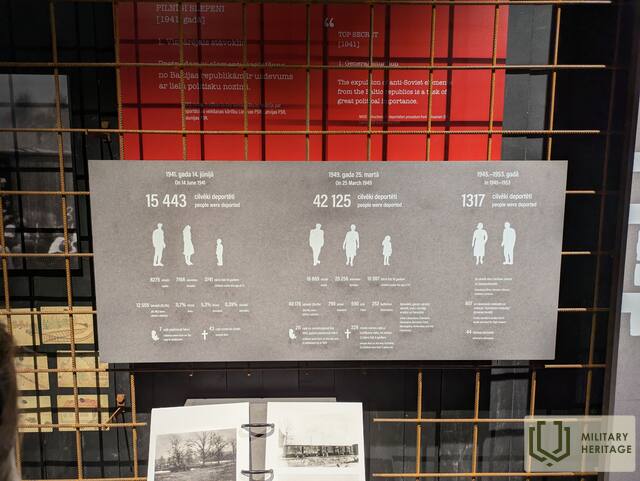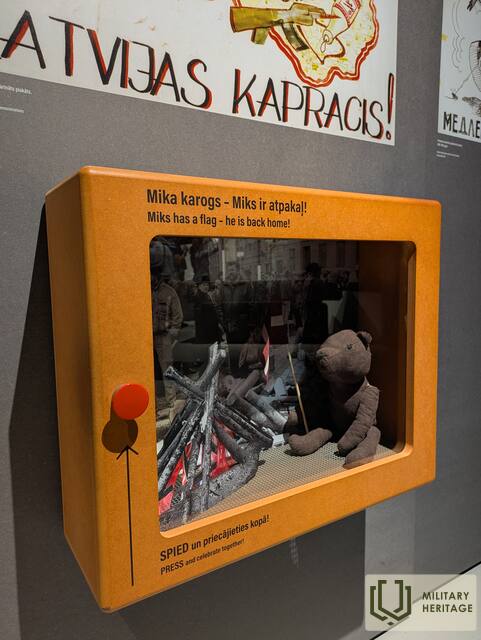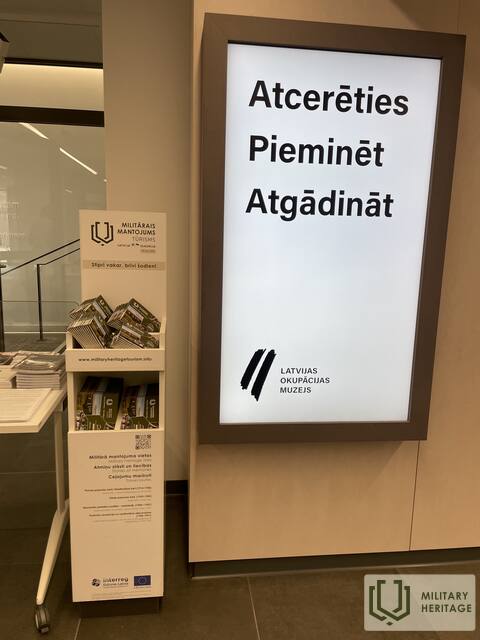Latvijos okupacijos muziejus Muziejus

Muziejuje eksponuojama Latvijos istorija nuo 1940 iki 1991 m., nacistinės Vokietijos ir Sovietų Sąjungos okupacijos laikotarpiu. „Ateities namai“ – tai žinomo Amerikos latvių architekto Gunāro Birkertaus suprojektuoto Okupacijos muziejaus rekonstrukcijos ir išplėtimo projektas, taip pat nauja muziejaus ekspozicija. Ekspoziciją „Čekos istorija Latvijoje“ sukūrė Okupacijos muziejus, ji yra buvusiame SSRS Valstybės saugumo komiteto (KGB) pastate „Kampiniame name“. Latvijos okupacijos muziejus buvo įkurtas 1993 m. Jis pasakoja ilgai slėptą Latvijos valstybės, tautos ir žemės likimo istoriją dviejų užsienio totalitarinių valstybių okupacijos laikotarpiu nuo 1940 iki 1991 m. 2020 m. pabaigoje muziejuje buvo daugiau nei 70 000 įvairių istorinių eksponatų (dokumentų, nuotraukų, rašytinių, žodinių ir daiktinių įrodymų, daiktų ir atminimo dovanų). Muziejaus specialistai įrašė daugiau nei 2400 vaizdo įrašų, todėl tai viena didžiausių okupacijos kolekcijų Europoje. Latvijoje, Lietuvoje ir Estijoje klostęsi įvykiai aiškiai parodo, ką tautoms teko ištverti valdant dviem totalitariniams režimams.
Panaudoti šaltiniai ir literatūra:
Oficiali Latvijos okupacijos muziejaus svetainė: www.okupacijasmuzejs.lv
Susijusi laiko juosta
Susijusios temos
Susijusi istorija
Prisiminimai apie Žanį Lipkę
Po sovietų okupacijos sekė vokiečių okupacija. Naciai vykdė nusikaltimus prieš Latvijos gyventojus. Viena iš šių etninių grupių buvo žydai. Iš pradžių buvo įkurti getai, bet vėliau sekė žydų naikinimas. Daugelis latvių gelbėjo žydus nuo sunaikinimo. Vienas iš jų buvo Žanis Lipkė.
Dėl Latvijos okupacijos
1940 m. nepriklausomos Latvijos valstybės egzistavimą nutraukė Sovietų Sąjungos okupacija ir aneksija, arba inkorporacija, į Sovietų Socialistinių Respublikų Sąjungą (SSRS).
Kieme rastas admirolui Makarovui skirtas atminimo ženklelis.
Mažas karinis reliktas gali papasakoti didžiulę istorinę istoriją. Ir nors ženklelis simbolizuoja įvykius, vykusius Rusijos-Japonijos karo metu, jis taip pat atskleidžia spalvingą karinę istoriją ir mūsų Latvijos šaulių dalyvavimą kituose kariniuose konfliktuose tiek prieš Nepriklausomybės karus, tiek po jų.
Rėzeknės bombardavimas 1944 m.
Rėzeknės bombardavimas įvyko 1944 m. Velykas. Dėl to buvo sugriauta didelė dalis miesto pastatų, žuvo dešimtys civilių, o tūkstančiai liko be namų. Žmonės, kurie šiuos įvykius patyrė patys ir gali apie juos papasakoti, tuo metu buvo tik vaikai. Šios istorijos autorius yra vienas iš jų.
Išdaigos ir žaidimai su karine amunicija
Po Antrojo pasaulinio karo Latvijos žemė buvo pilna fizinių karo liekanų. Tai buvo daugybė sviedinių, nesprogusių minų ir tiesiog šovinių. Net ir dabar, ypač tose vietose, kur vyko aktyvūs karo veiksmai, randama nesprogusių minų, o tai yra didelė retenybė, o pokario metais šie sviediniai buvo miškų ir net kiemų gyventojų kasdienio gyvenimo dalis, netgi vaikų žaislai.





